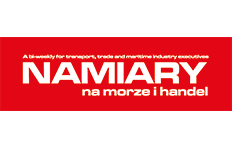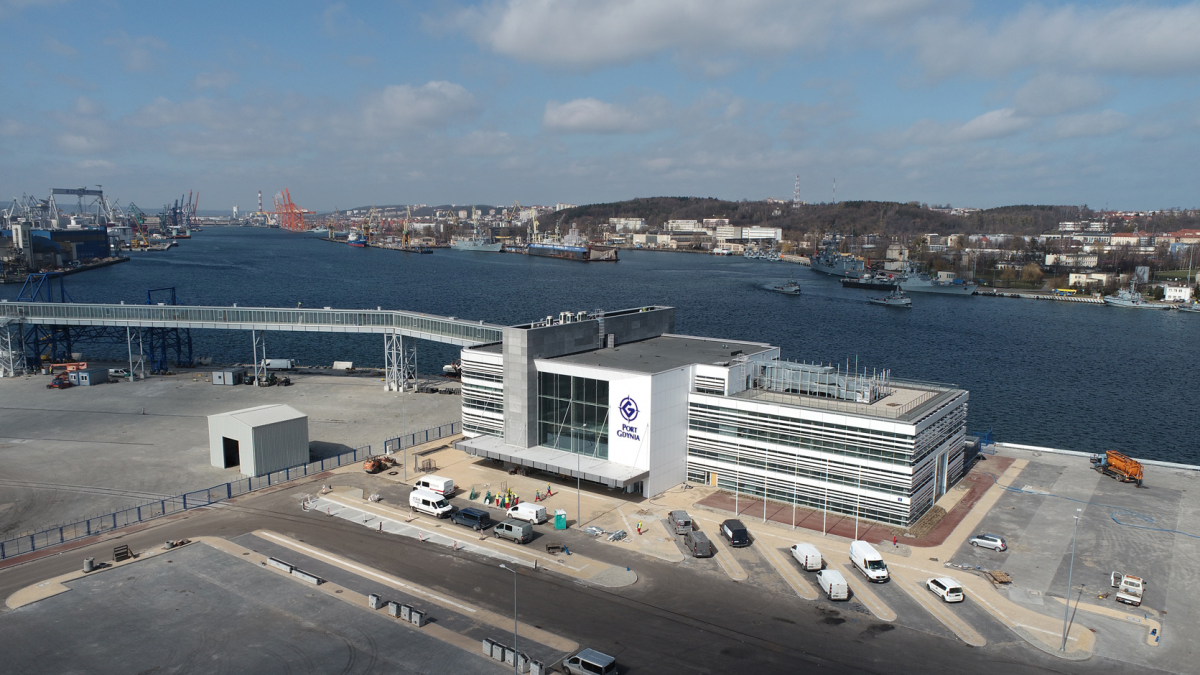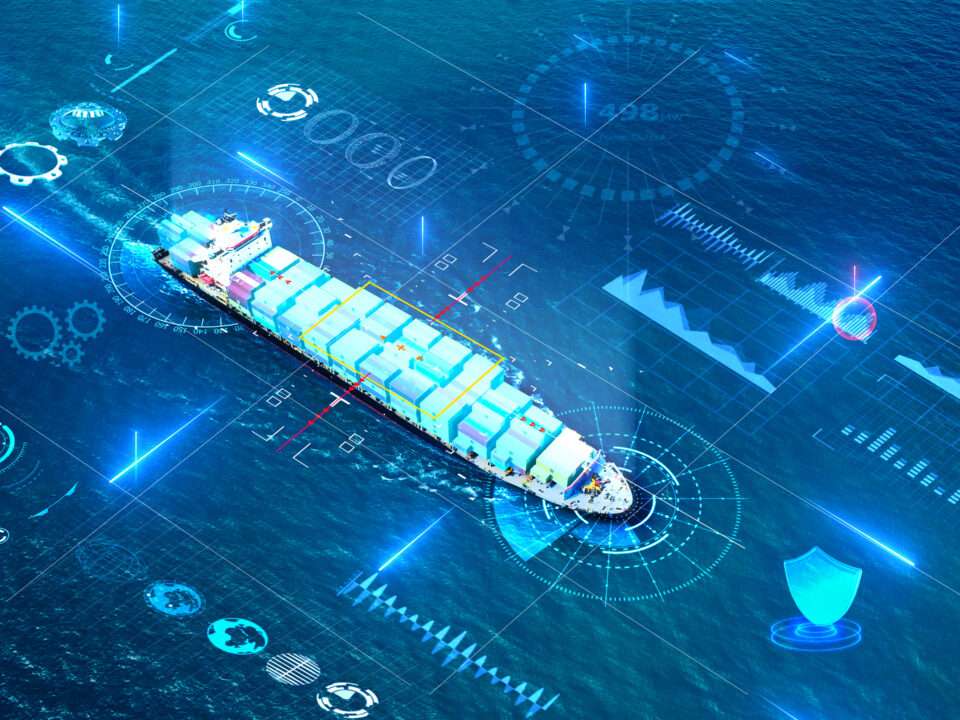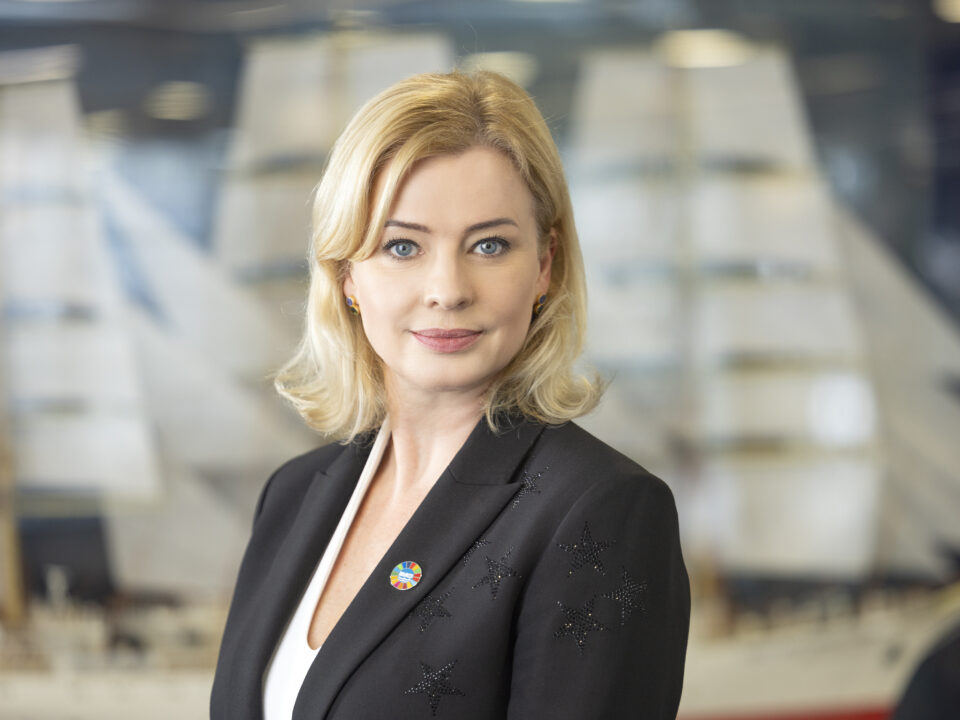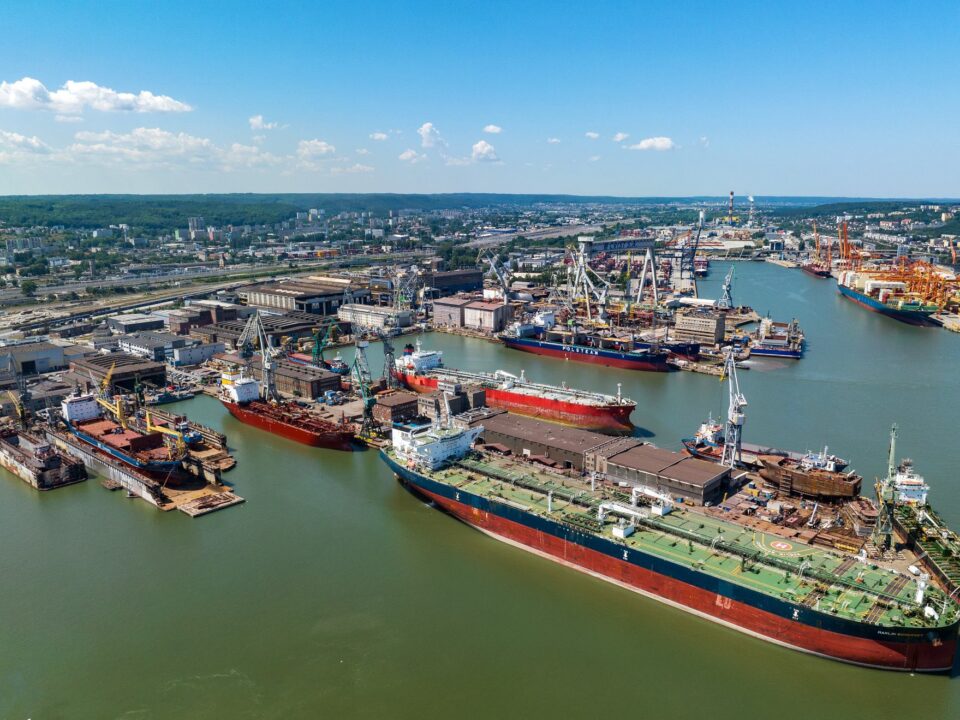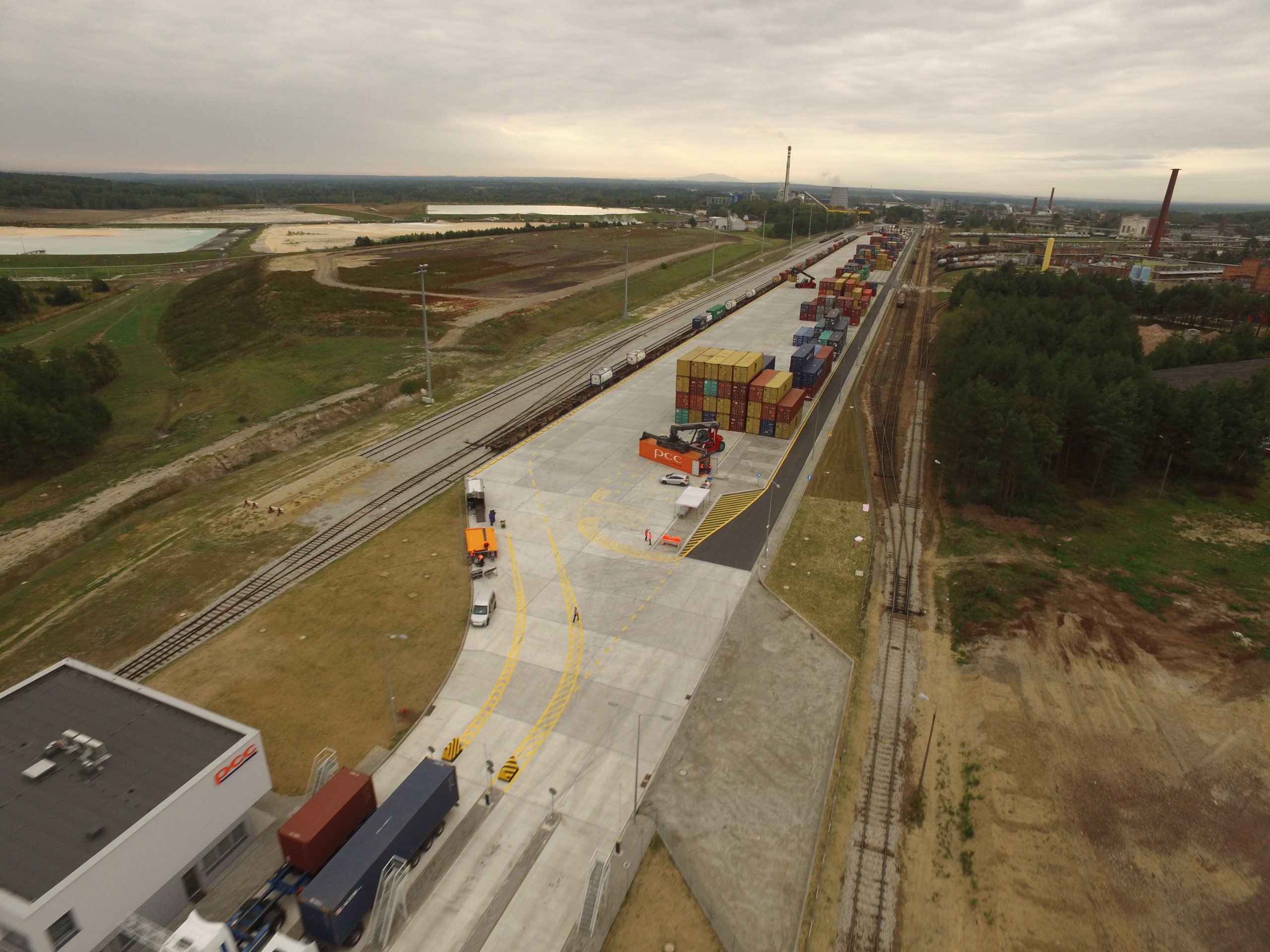
Intermodal transport at the Polish ports
2 September 2021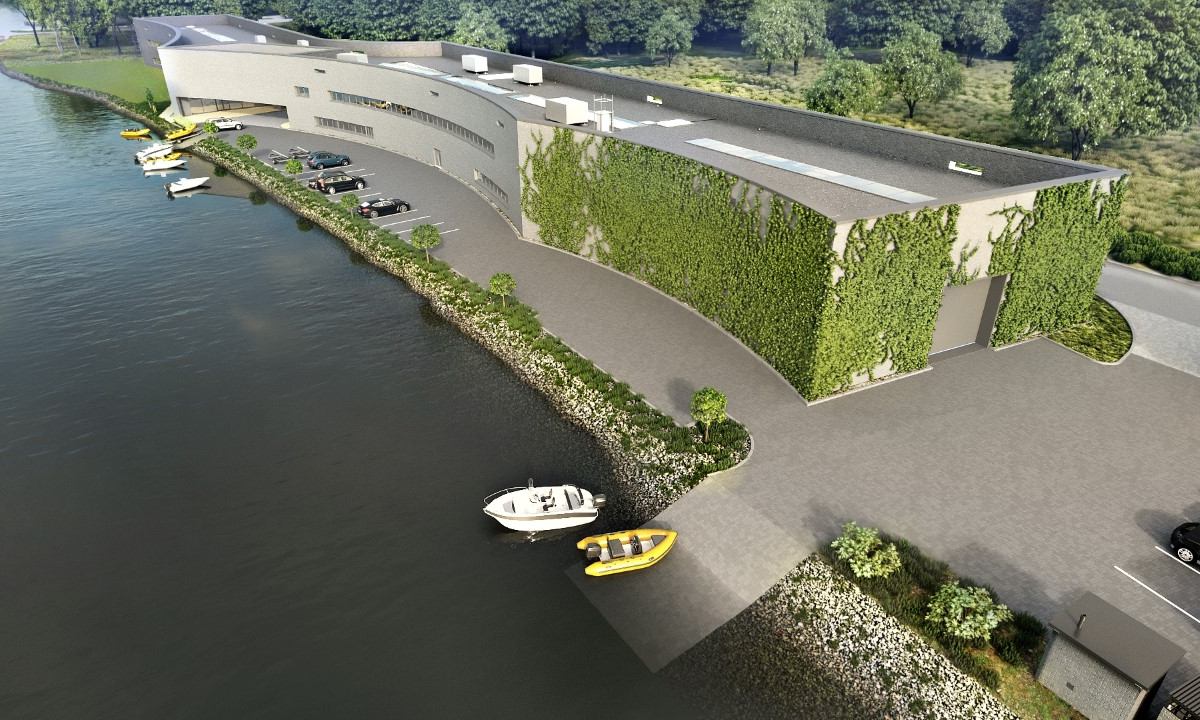
Universities bet on offshore wind
2 September 2021Investment boom in ports continues
Coronavirus pandemic only slightly affected the pace of investment in the Polish seaports. Projects of critical value, from the point of view of improving accessibility both to the sea and to the land, and thus increasing competitiveness, are being implemented in all our ports that are of fundamental importance to the economy.
One of the most significant events of last year, with a tremendous impact on the development of the Port of Gdynia, as well as of the city itself, was the signing of an agreement between the Port of Gdynia Authority and the city authorities. It determines the course of the Red Road as part of the last mile of road access to the Port of Gdynia and Poland’s national maritime boundary. The route will also improve transport accessibility to Gdynia itself and open up the potential of the Logistics Valley by providing access to it. The Red Road will provide a direct connection between the Port of Gdynia and the national road network, including the S6 expressway.
On the other hand, access from the water will be improved by widening the entrance to the port.The redevelopment of the North Pilot Groyne, completed in mid-June this year, is another stage of the investment project “Redevelopment of Internal Basins of the Port of Gdynia to the depth of 16 m”. The key objective of this project is to enable the entry of ships with Baltimax parameters (the largest vessels capable of entering the Baltic Sea through the Danish Straits) into the Port of Gdynia and the improvement of navigational conditions and the safety of hydrotechnical structures. Implementation of the project enables vessels 400 m long and 56 m wide to enter the port.
Work on the new ferry terminal is nearing completion. The facility located at the Polish Quay is, as the ZMPG authorities point out, the largest undertaking in the Port of Gdynia in nearly 50 years. The terminal, which will be officially launched this autumn, will be used not only by Stena Line ferries but also by other ferry operators. It will enable vessels of up to 240 m in length, i.e. the largest ferries operating in the Baltic Sea, to dock at the port. An important feature of the terminal is also the option of powering the ferries, while stationary, with electricity from the quay, thus eliminating exhaust emissions from the vessels. This is in keeping with the idea of the so-called ‘green port’. The value of the investment is approximately PLN 292 million, of which the EU co-financing amounts to over PLN 116.8 million.
In the Port of Gdańsk, on the other hand, one of the most important investments aimed at improving road and rail access to the terminals in the Outer Port was completed at the end of June this year. As part of the project co-financed by the EU, four tasks were carried out: expansion of the transport system, extension of the road access to the DCT, reconstruction of the Budowniczych Portu Północnego Street and the construction of a lorry car park. In total, 7.2 km of roads, 10 km of new tracks and 7 engineering structures were constructed or upgraded. The cost of the entire investment stands at approximately PLN 170 million.
Investments are also underway to improve access to the ports of West Pomerania. The Maritime Office[Urząd Morski] in Szczecin is implementing a project to deepen the Szczecin – Świnoujście fairway to 12.5m over a distance of about 62km, with the simultaneous widening to 100m. The investment worth PLN 1.4 billion will be completed in 2022. According to the management of the Szczecin and Świnoujście Seaports, the project will enable larger vessels to call at Szczecin and, as a consequence, attract new customers and cargo.
An investment to improve access to the Dębicki Channel has also been underway for half a year now, involving the deepening of the approach fairway to the port of Szczecin. As part of the project, nearly 1,000 m of the Czech and Slovak quays will be reconstructed and adapted to a depth of 12.5 m. In addition, on the island of Ostrów Grabowski, the contractor will build more than 1,080 metres of brand new Norwegian and Danish quays. The total project cost is PLN 343.1 million. The project is expected to be completed by 30 September 2023.
In Świnoujście, meanwhile, a project is underway to adapt the ferry terminal to handle intermodal transport, including much larger ferries. This will allow two berths to be joined together to form a new 294 m long quay. Among other things, a new ro-ro ramp, railway tracks and manoeuvring and parking areas are also being built, as well as a new pedestrian overhead bridge, to facilitate collision-free pedestrian traffic. The project will run until 2022 at a total cost of PLN 185 million. The project is being implemented with the funding from the EU’s CEF financial instrument.
The projects implemented at the Polish seaports have always been one of the leading topics of the Gdynia Maritime Economy Forum, whose 20th jubilee edition will be held on October 7- 8, 2021.
Article developed with Namiary na Morze i Handel magazine
phot. Namiary na Morze i Handel magazine
